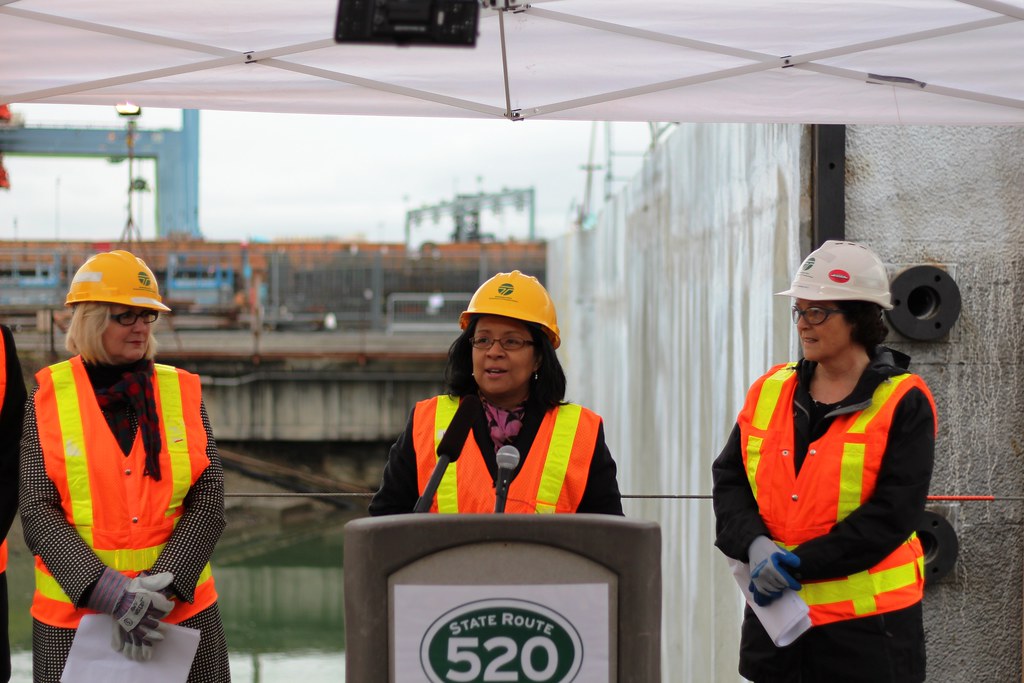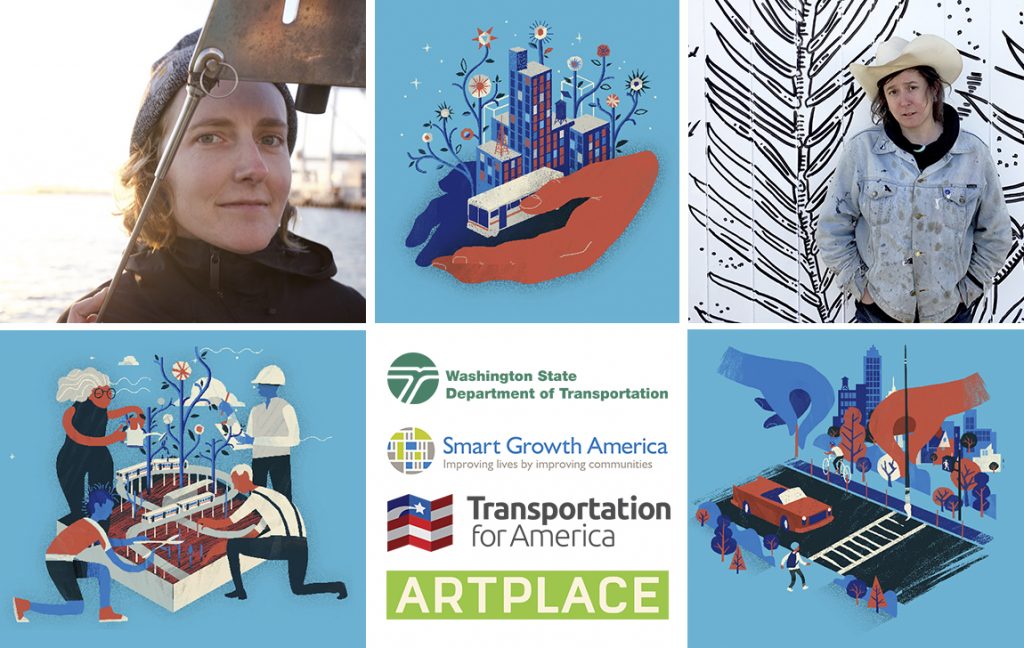
15 issues to watch in ’15, Part III: People
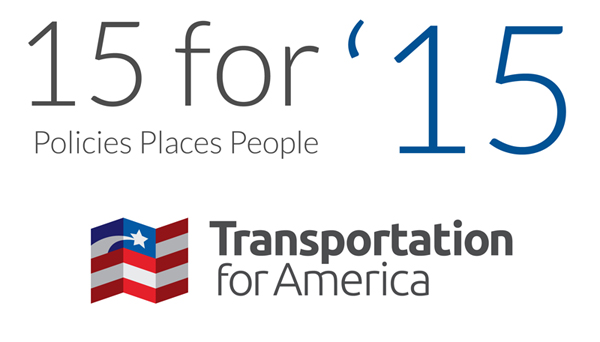
The members of Congress who will rewrite the nation’s transportation policies and attempt to raise funding to keep the program afloat is just one important discussion taking place this year. More states will continue efforts to raise transportation revenue and mayors in communities of all sizes will move forward key transportation initiatives; among others on a long list of people with an important role to play in 2015. Here are five that rose to the top, but tell us who you think we missed.
Ed: As the year began, we thought it would be fun to identify 15 people, places and trends worth keeping an eye on the next 12 months. We covered this list in three posts — read about five policy issues worth watching on Capitol Hill in 2015, and five places worth keeping an eye on this year.

People
1. Senator Jim Inhofe (R-OK)
 The senior Senator from Oklahoma is once again leading the Senate’s powerful Environment and Public Works Committee, which is responsible for the largest portion of the Senate’s transportation reauthorization. Back in 2012, as the ranking member, he teamed up with then-Chairman Barbara Boxer to write MAP-21 and shepherd it through their committee and Senate passage. They worked in a bipartisan fashion to reach agreement with their House colleagues on the version of MAP-21 enacted into law in July 2012.
The senior Senator from Oklahoma is once again leading the Senate’s powerful Environment and Public Works Committee, which is responsible for the largest portion of the Senate’s transportation reauthorization. Back in 2012, as the ranking member, he teamed up with then-Chairman Barbara Boxer to write MAP-21 and shepherd it through their committee and Senate passage. They worked in a bipartisan fashion to reach agreement with their House colleagues on the version of MAP-21 enacted into law in July 2012.
Sen. Inhofe also chaired the committee during the passage of MAP-21’s predecessor (SAFETEA-LU) and has regained the chairmanship for the 114th Congress. A staunch advocate for the federal role in investing in infrastructure, he has been on record this year saying an increase in the gas tax may be the fairest way to charge users for fixing and improving the nation’s transportation system.
After a few years on the back burner, the question of funding and rescuing the nation’s transportation fund from insolvency will be front and center in 2015, and Sen. Inhofe will be right in the middle of it. While we know roughly where he stands on the issue of funding, the bigger questions have to do with policy: Will he keep MAP-21’s policies largely intact? Will he work closely once again with Senator Boxer (who is back as ranking member) to write the bill? Will he support the inclusion of a policy like the Innovation in Surface Transportation Act to improve opportunities for local elected officials to access the program? However those questions are answered, he will be at the center of the debate in the Senate this year, and will likely have his stamp on any authorization enacted this Congress.
2. Representative Mario Diaz-Balart (R-FL)
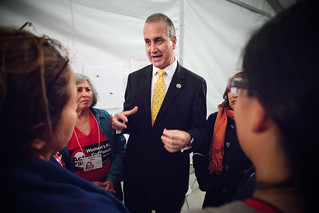 You may not have heard his name much yet, but the seven-term representative from the Miami region has been handed the reigns to a powerful House subcommittee overseeing transportation (and housing) issues. Replacing the retiring Tom Latham (R-IA) on the Appropriations Transportation, Housing and Urban Development (THUD) Subcommittee, he’ll have direct involvement in the budgeting for the U.S. DOT each year.
You may not have heard his name much yet, but the seven-term representative from the Miami region has been handed the reigns to a powerful House subcommittee overseeing transportation (and housing) issues. Replacing the retiring Tom Latham (R-IA) on the Appropriations Transportation, Housing and Urban Development (THUD) Subcommittee, he’ll have direct involvement in the budgeting for the U.S. DOT each year.
While Highway Trust Fund spending levels are largely determined by the current surface transportation authorization (MAP-21 in this case), Rep. Diaz-Balart will still approve annual spending levels for the department at large, including key discretionary (non-trust fund) programs like the popular TIGER grant program, transit funding, and passenger rail programs. His mantra so far in interviews has been accountability and rooting out potential waste, but he also represents a district with a greater range of transportation options to move people and goods than his predecessor on the subcommittee. Time will tell, but there is reason to hope that Diaz-Balart will be supportive of broader transportation interests in the annual transportation appropriation bill.
3. Governor Rick Snyder of Michigan
 Pushing the legislature on this package is nothing new for Gov. Snyder, who has been a strong advocate on critical transportation issues in Michigan. He released a smart plan to invest in infrastructure statewide and raise new revenue all the way back in 2011. He supported the 2012 fight in the legislature to create a long overdue regional transit agency for Detroit to organize and catalyze investment there. Passenger rail statewide has had a significant boost with help from Gov. Snyder as well. Michigan has received about $500 million for the Chicago-Detroit/Pontiac passenger rail route, including funds to purchase track so that more trains can run at higher speeds for longer distances.
Pushing the legislature on this package is nothing new for Gov. Snyder, who has been a strong advocate on critical transportation issues in Michigan. He released a smart plan to invest in infrastructure statewide and raise new revenue all the way back in 2011. He supported the 2012 fight in the legislature to create a long overdue regional transit agency for Detroit to organize and catalyze investment there. Passenger rail statewide has had a significant boost with help from Gov. Snyder as well. Michigan has received about $500 million for the Chicago-Detroit/Pontiac passenger rail route, including funds to purchase track so that more trains can run at higher speeds for longer distances.
In May, voters will decide on increasing the sales tax for schools and municipalities in one ballot question. The other tax changes in the package are contingent on the passage of that referendum. Annually, these bills will bring in an additional $1.3 billion for transportation. It’s a critical vote looming in May. We’ll continue to keep our eye on Gov. Snyder and this important decision.
4. Mayor Marilyn Strickland of Tacoma, Washington
Many states and localities are working to raise additional transportation revenues of their own, but they are doing so with the expectation that federal aid will continue. Few have expressed the need better than Tacoma Mayor Marilyn Strickland did in this terrific OnPoint interview:
A lot of the projects that have helped Tacoma have been a direct result of assistance we’ve received from Washington, D.C. We remediated our waterfront, we’ve done great infrastructure projects. We’re trying to expand our light rail in Tacoma, and we will absolutely, positively need federal help to do that. We recently met with Senator Patty Murray and Secretary of Transportation Anthony Foxx in Seattle two days ago, and we talked about the need for the federal government to continue to invest in infrastructure.
Mayor Strickland is as proud that Tacoma is part of the Seattle metro area (“We aren’t in its shadow, we bask in its glow.”) as she is of the city’s own blue-collar, working-class identity. But as it becomes more entrepreneurial and diversifies into healthcare and technology, Tacoma hopes to stay competitive by investing in the kinds of transportation options that can help retain and attract a younger, talented workforce. Expanding the regional light rail system that now ends at SeaTac airport, halfway between the two cities, is a big part of that.
The Sound Transit 3 package would enable the localities to raise a part of the funding to make it happen. If that passes the legislature, the measure would go to Puget Sound voters in November of 2016. With local money in hand, strong federal commitment in the form of New Starts and/or TIGER support would leverage those local dollars to ensure the Link light rail finally reaches Tacoma and beyond to Dupont, connecting it to the regional light rail transit network.
Mayor Strickland knows how important that connection is for the future of her city, and the level of cooperation required to make it a reality:
Having support at the federal level really helps us do some things that we need to do. And, again, it’s about connecting the dots. When we have better public transportation options, we are more attractive to people who are creative who want to come live in our cities. When we have a talent pool like that we are more likely to attract high paying jobs. And, so, you have to connect the dots between federal government, state government, and local government.
5. Mayor Kasim Reed of Atlanta, Georgia
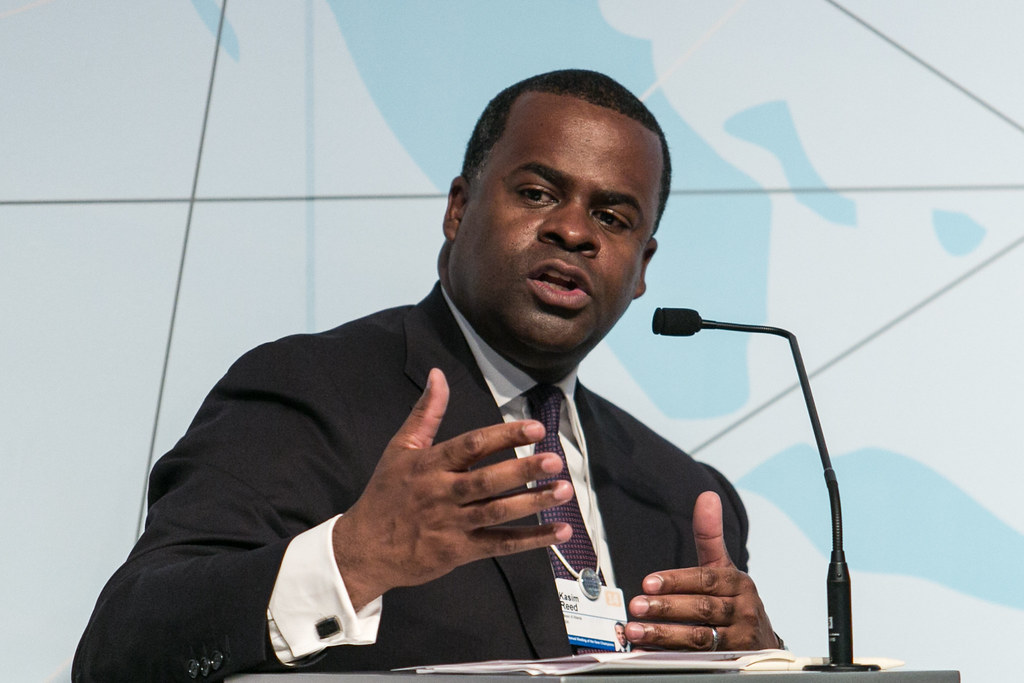 Buoyed by the long-awaited opening of the city’s first streetcar line in decades, Mayor Reed is bouncing back from the disappointing defeat of a regional transportation ballot measure in 2012 and moving forward an Atlanta-only bond plan to raise revenues and make a dent in citywide infrastructure needs. While Renew Atlanta 2015 goes beyond transportation, it will allow the city to make some much-needed repairs and improvements, “including repair and construction of complete streets projects, sidewalks, bridges, and curb ramps.”
Buoyed by the long-awaited opening of the city’s first streetcar line in decades, Mayor Reed is bouncing back from the disappointing defeat of a regional transportation ballot measure in 2012 and moving forward an Atlanta-only bond plan to raise revenues and make a dent in citywide infrastructure needs. While Renew Atlanta 2015 goes beyond transportation, it will allow the city to make some much-needed repairs and improvements, “including repair and construction of complete streets projects, sidewalks, bridges, and curb ramps.”
Mayor Reed will certainly be focused on turning out the votes for this measure on March 17, but he’s also looking beyond and dreaming much bigger. After the disappointment of the T-SPLOST regional tax referendum, which he called “the biggest failure of my political career,” he has often suggested that Atlanta might instead pair up with a few other nearby municipalities on a separate measure to raise funds for transportation. City of Atlanta and Dekalb county voters strongly favored the 2012 measure, so a joint Atlanta-DeKalb plan could be a possibility to watch for discussion of in 2015.
They have a lot of needs to meet. The short streetcar line is just the first phase of a longer planned line. MARTA is just now getting back to pre-recession levels of service. And Atlanta’s one-of-a-kind Beltline plan for parks and transit lines circling the city in an old railroad corridor has years of investment required to see the entire thing come to fruition.
Even if Atlanta manages to pass the bond measure and take on a more ambitious local funding measure to make more significant transportation investments happen, city leaders still will be looking to the feds for support. After years of funding the decentralization of cities like Atlanta for decades through various federal programs, mayors like Mayor Reed will be counting on support from the federal government to aid their efforts to reverse that trend.




